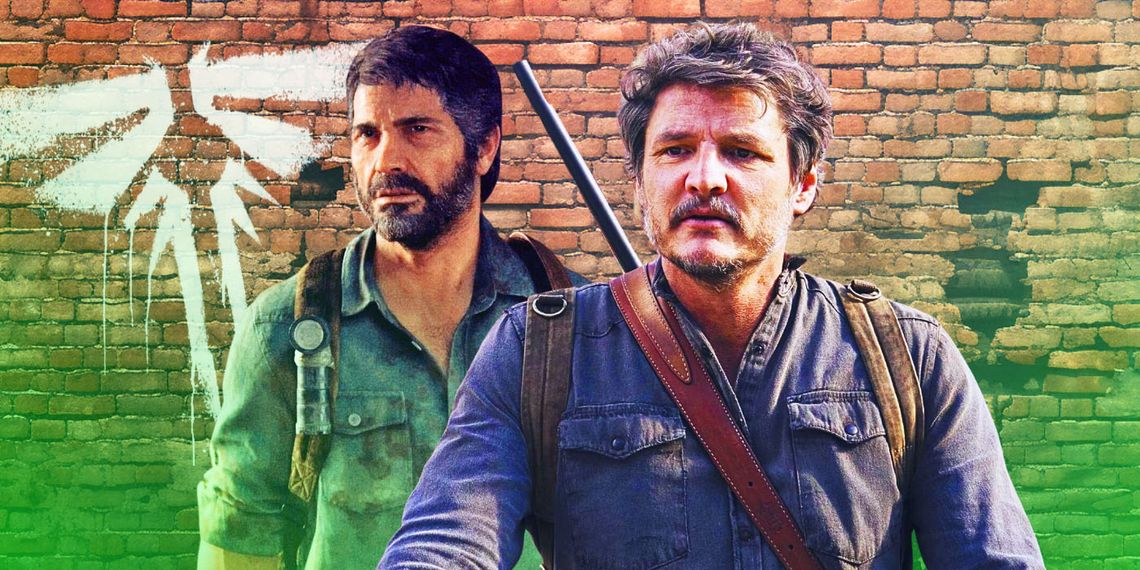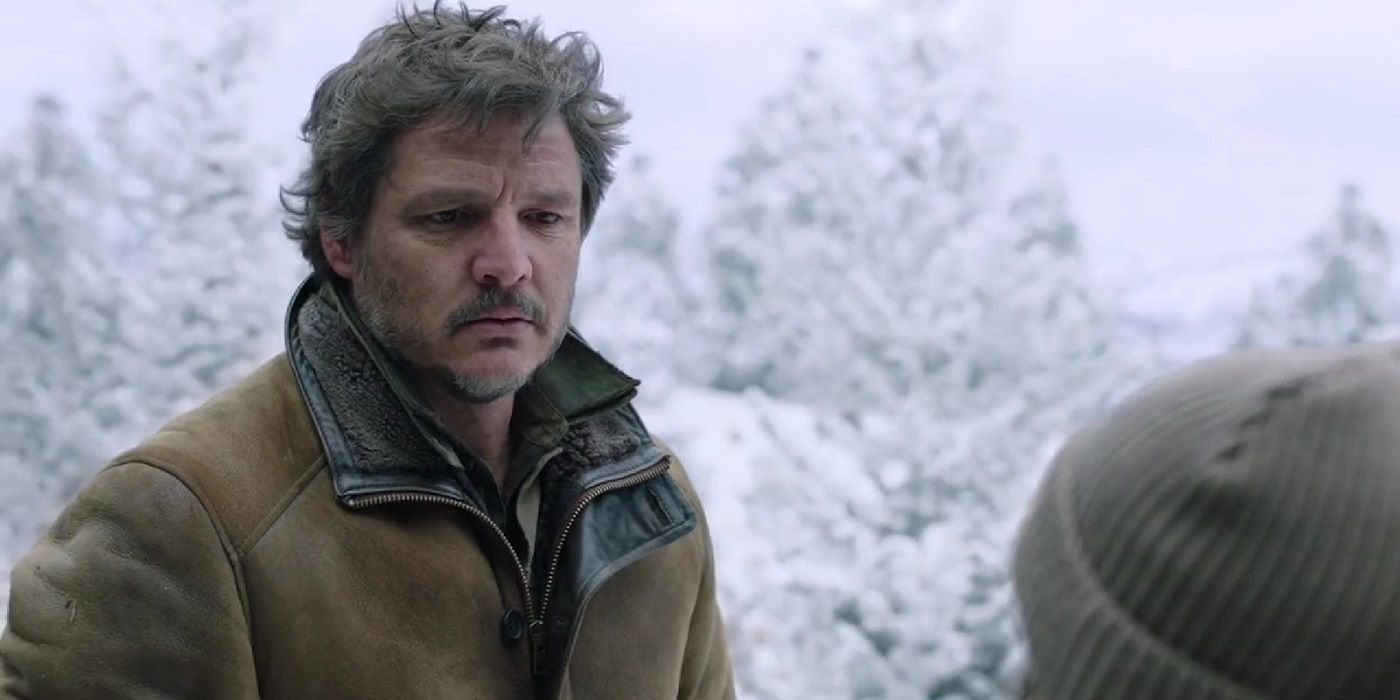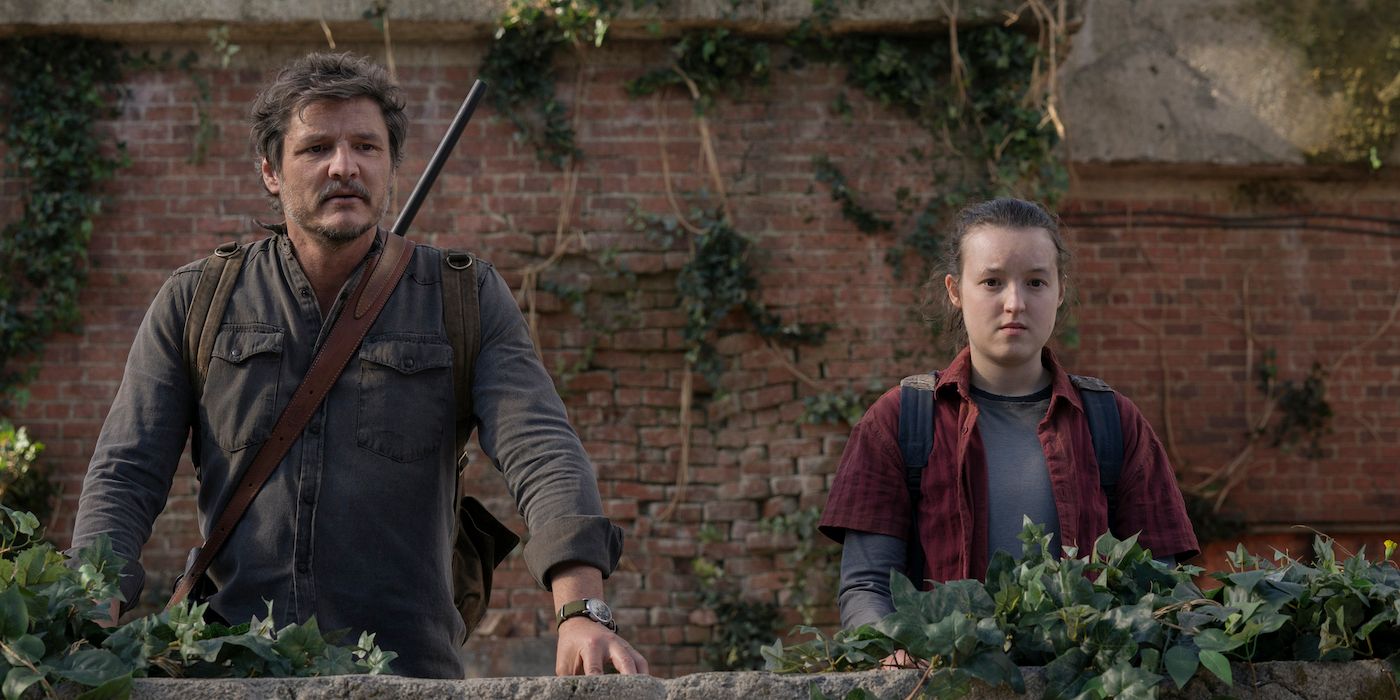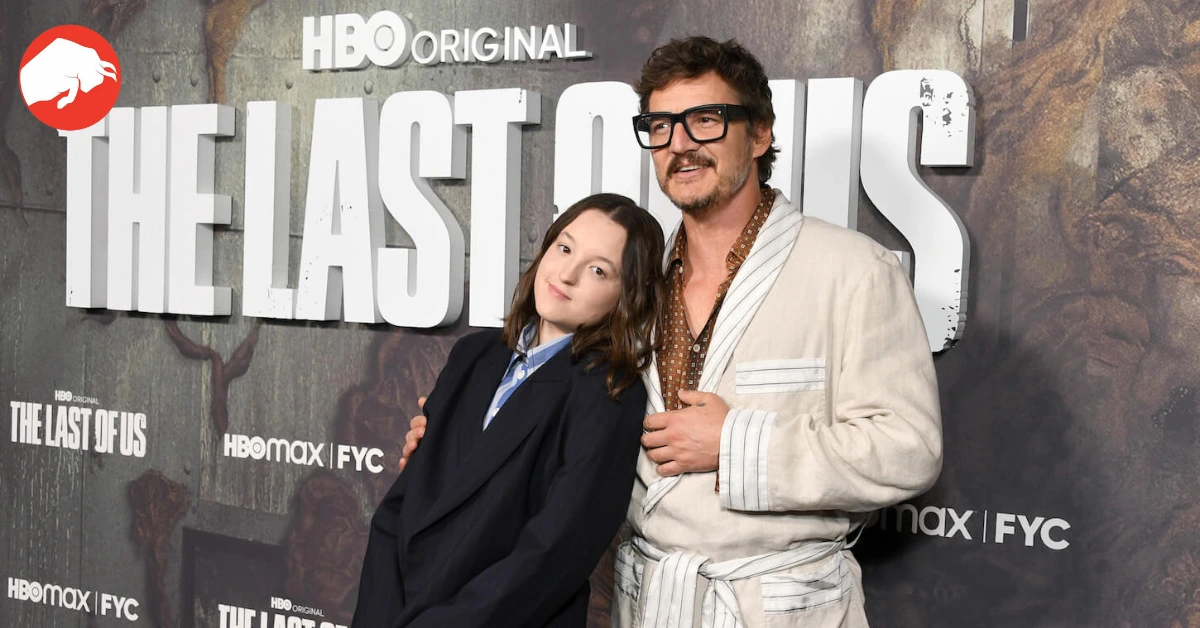From Game to Screen: How HBO’s “The Last of Us” Breaks the Mold
Hollywood has often taken a swing and missed when trying to translate the world of video games to the big screen or television. Memories of misfires like Michael Fassbender’s ‘Assassin’s Creed’ might still be fresh in the minds of many. However, HBO’s adaptation of “The Last of Us” has taken a triumphant step away from such past missteps.

HBO’s Triumph in Adapting the Unadaptable
The Last of Us, a product of Naughty Dog and Playstation’s collaboration and masterminded by Neil Druckmann, catapulted players into a dystopian future, where humanity battles the onslaught of the Cordyceps fungus. The transition of this game to an HBO series has not only been seamless but has also garnered critical praise and awards attention. The storyline’s gripping execution and impeccable casting, especially Pedro Pascal as Joel and Bella Ramsey as Ellie, have been major contributors to this acclaim.
Behind the Scenes: Pedro Pascal’s Gaming Experience

While one would assume that an actor would immerse themselves in the game to get into character, showrunner Craig Mazin had an interesting directive for his cast: stay away from the game. But, as revealed in a recent video interview, Pedro Pascal couldn’t resist. The actor shared a candid moment, mentioning, “My nephews were watching me play and eventually got tired of my inability to complete the level, so they took my controller from me. But then we started shooting the show and living in the world ourselves!”
Pascal’s gaming venture, however, was not in vain. It provided insights which clearly translated on screen. Take, for instance, the episode titled “Infected”. This particular segment is a faithful rendition of a game level where Joel and Ellie dodge the Cordyceps-infected Clickers within a museum setting. It’s almost palpable that scenes like these benefited from Pascal’s gaming experience, as he navigated them with finesse.
Pedro Pascal: Embodying Joel’s Complexity
Pedro Pascal’s portrayal of Joel is not just a mere replication of the game’s character animations. Pascal succeeds in capturing the essence of Joel, both physically and emotionally. There are evident moments where he mirrors the game’s character, right from the graying hair to the rugged persona. Yet, it’s in the subtle, softer moments that Pascal’s rendition shines. An episode titled “Kin” exemplifies this, where Joel’s emotional reunion with his younger brother, Tommy, played by Gabriel Luna, unfolds. Pascal’s heart-wrenching portrayal, evident in every tear shed and in the quiver of his voice, is bound to stir the emotions of even the most stoic viewers.

Another standout instance is in the season finale, “Look for the Light”. This episode sees a tense confrontation between Joel and Marlene, the Fireflies’ leader. Their ideological clash, with Marlene prioritizing humanity’s salvation over Ellie’s life, culminates in a dramatic climax. Reflecting on this pivotal scene, Pascal remarked, “What would make one choose one thing over the survival of humanity, essentially? He finds himself incapable of losing again.”
Conclusion: Breaking the Rules for Art’s Sake
In a world where film and TV adaptations of video games are scrutinized and often criticized, “The Last of Us” on HBO emerges as a testament to the potential of such crossovers. And while Pedro Pascal might have bent the rules set for him regarding playing the game, his deep dive into Joel’s world ultimately enriched his portrayal, adding depth and authenticity to an already compelling narrative.









